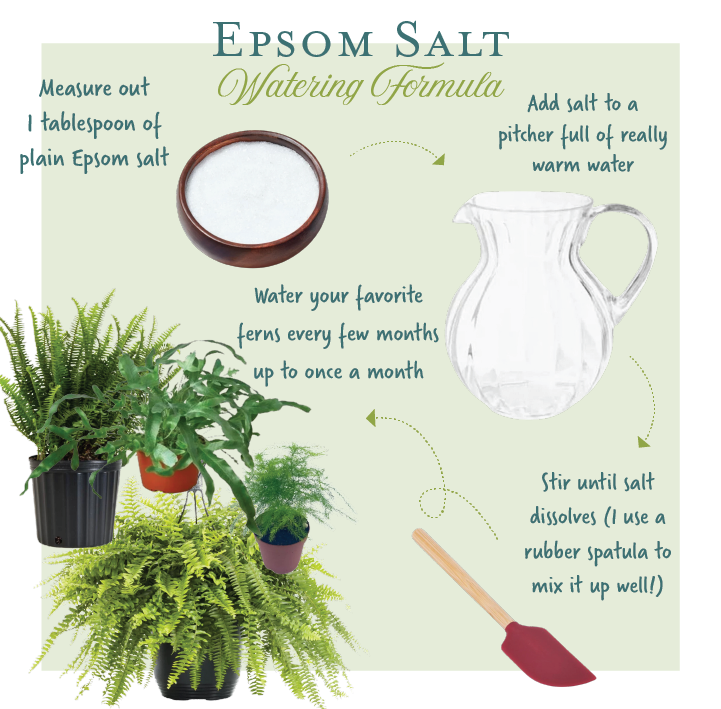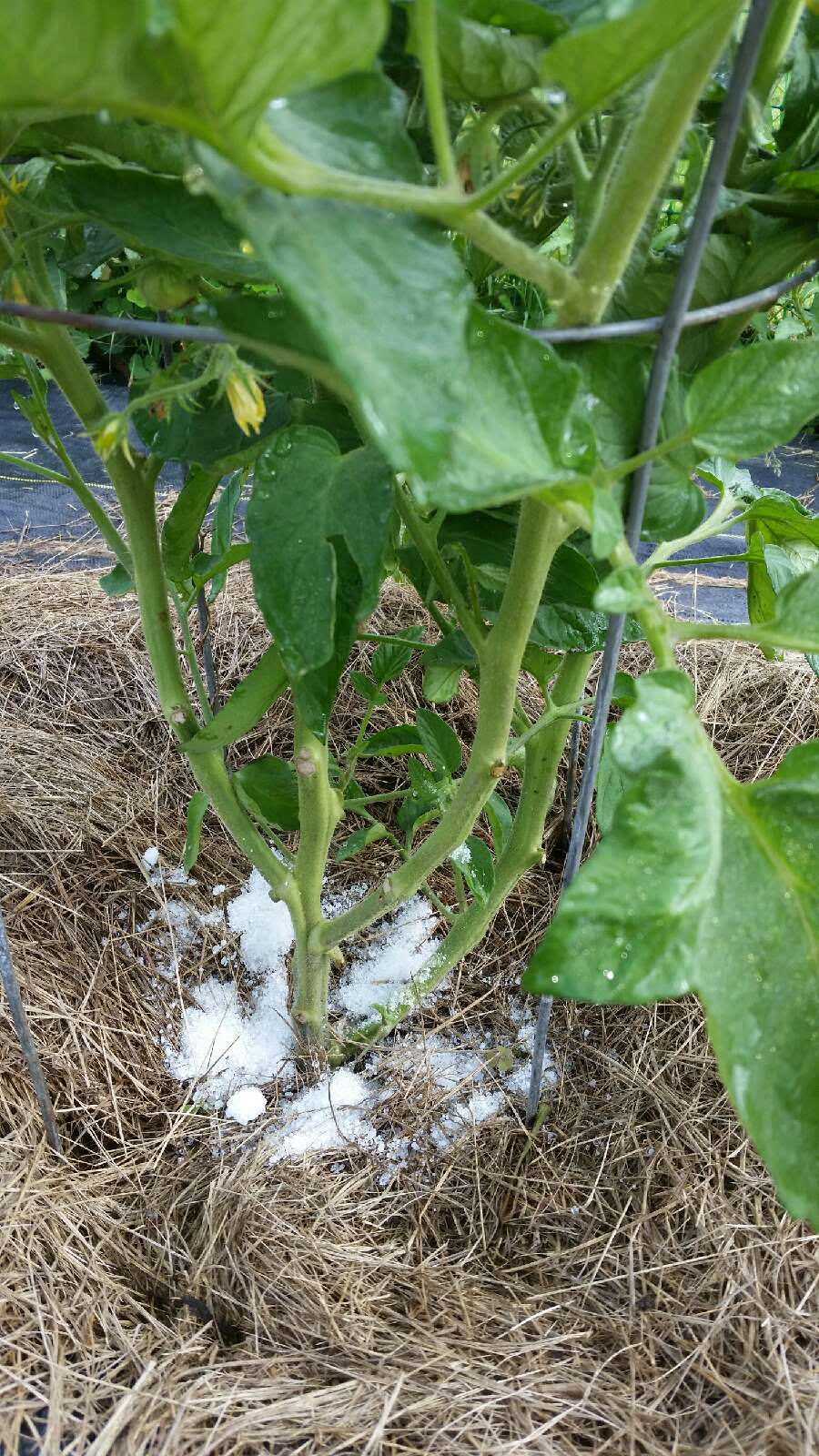Yard Mistakes: What Plants Don't Like Epsom Salt and Exactly How to Prevent Them
Yard Mistakes: What Plants Don't Like Epsom Salt and Exactly How to Prevent Them
Blog Article
Learn Regarding the Specific Plants That Are Detrimentally Affected by Epsom Salt Application
Epsom salt, a popular home treatment for numerous gardening troubles, is typically commended for its valuable effects on plant growth. Understanding the particular plants that can be adversely affected by Epsom salt is critical for any kind of garden enthusiast looking to optimize their plant care routine.
Roses

Roses, particularly conscious adjustments in their setting, can be adversely influenced by the application of Epsom salt. While Epsom salt is generally utilized as a fertilizer to advertise plant growth and improve flowering, roses are just one of the plants that do not react well to its application. The high magnesium content in Epsom salt can hinder the uptake of various other crucial nutrients by the rose plants, causing deficiencies that show up as yellowing fallen leaves or stunted development.

Tomatoes
While Epsom salt is often promoted as a treatment for various plant issues, consisting of bloom end rot in tomatoes, its application can lead to harmful results if not used judiciously. Too much Epsom salt, which is magnesium sulfate, can interfere with the delicate nutrient balance needed by tomatoes, potentially leading to shortages in various other vital nutrients like calcium. When taking into consideration the usage of Epsom salt on tomatoes, it is important to adhere to recommended application prices and dirt testing to avoid unintentional consequences on the total health and wellness and performance of these beloved yard plants.
Peppers
Peppers, admired for their various shades and levels of spiciness, can demonstrate susceptibility to adverse effects from Epsom salt when not used with care and consideration for their specific dietary requirements. what plants don't like epsom salt. Peppers, belonging to the Solanaceae household, require a fragile equilibrium of nutrients to flourish. While Epsom salt is recognized to increase magnesium degrees in plants, excessive application can interrupt this balance, leading to negative effects on pepper plants
When peppers are revealed to high levels of magnesium from Epsom salt, it can disrupt the plant's capacity to absorb various other important nutrients like calcium and potassium. This inequality might materialize in symptoms such as leaf staining, stunted growth, and minimized fruit manufacturing. In addition, the excessive magnesium can change the dirt pH, further exacerbating nutrient uptake concerns for peppers.

Rhododendrons
Offered the level of sensitivity of particular plant varieties to imbalances triggered by Epsom salt, it is necessary to consider the influence on Rhododendrons, which also need certain nutrient degrees to grow. Rhododendrons next are acid-loving plants that prefer acidic soil problems with a pH array in between 4.5 and 6.0. Epsom salt, chemically called magnesium sulfate, can alter the soil pH and interrupt the delicate balance of nutrients necessary for Rhododendron wellness.

To maintain the optimum growth and wellness of Rhododendrons, it is critical to stay clear of the indiscriminate use Epsom salt and rather concentrate on supplying the details acidic dirt conditions and nutrients that these plants require for prospering.
Azaleas
Azaleas, recognized for their lively blooms and broad series of shades, are ornamental hedges that come from the Rhododendron genus. These preferred blooming plants are commonly found in yards, landscapes, and parks due to their elegance and convenience. Azaleas are sensitive to changes in dirt pH levels, which can dramatically impact their development and overall wellness. While Epsom salt is frequently used as a remedy for magnesium deficiency in plants, its application to azaleas can have unfavorable results.
Azaleas prefer somewhat acidic dirt problems, and an excess of magnesium from Epsom salt can disrupt this balance, leading to nutrient imbalances and prospective toxicity concerns. The incorrect application of Epsom salt can result in stunted development, yellowing of fallen leaves, and general decrease in the More Bonuses health and wellness of azaleas.
Verdict
Finally, it is essential to be familiar with the certain plants that can be adversely influenced by the application of Epsom salt. Roses, tomatoes, peppers, rhododendrons, and azaleas are some examples of plants that might not gain from Epsom salt and can even experience harm. It is vital to study and recognize the needs of each plant types prior to using Epsom salt as a plant food to guarantee their health and well-being.
Understanding the certain plants that can be detrimentally affected by Epsom salt is vital for any kind of gardener looking to enhance their plant care routine. While Epsom salt is generally used as a fertilizer to you could look here promote plant development and boost blooming, roses are one of the plants that do not react well to its application.Too much usage of Epsom salt can also result in a build-up of salts in the soil, leading to root damage and dehydration of the rose plants. While Epsom salt is understood to boost magnesium degrees in plants, excessive application can interrupt this equilibrium, leading to adverse impacts on pepper plants.
The high salt material in Epsom salt can likewise dehydrate Rhododendron roots, creating further stress and damage to the plant. (what plants don't like epsom salt)
Report this page